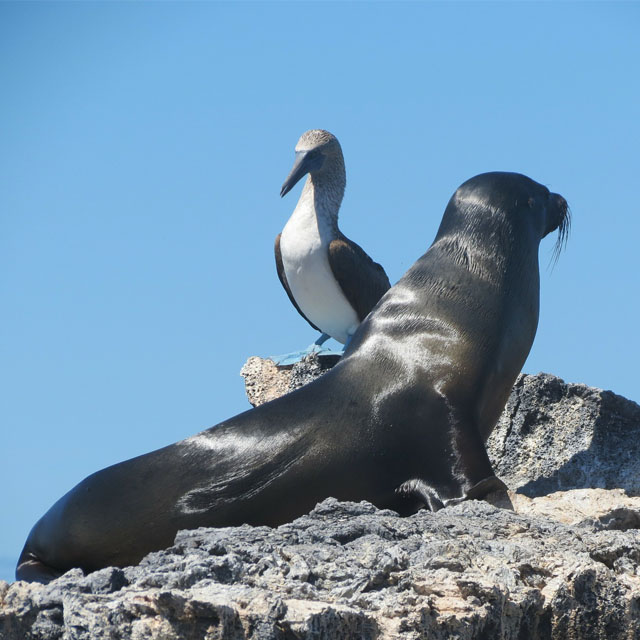Almost 200 years ago, Charles Darwin set on an expedition aboard the HMS Beagle to learn more about the natural wonders of the world — particularly South America. His voyage, which was supposed to last three years, extended into five, and he was able to collect fossil records and wildlife observations on the coasts of New Zealand, Brazil, and Chile, between many other locations. However, the most mesmerizing place he found was the Galapagos Islands. After his return to England, this place would inspire him to write one of the most important contributions to biology and genetics of all times, On the Origin of Species.
The Galapagos Islands form part of the territory of Ecuador and are located 900 km away from the South American continent. Together, they form a volcanic archipelago of 21 islands plus more than a hundred islets that geologists believe to be at least 8 million years old. Even more impressive, the archipelago rests on top of the Galapagos Hotspot, a place of constant geological activity that keeps most of the volcanoes active, thus forming new islands.
But the most alluring part for the tourists that visit the Galapagos is the hundreds of species unique to the islands that can’t be found anywhere else in the world. Because of their considerable distance from the continent, the flora and fauna here took their own evolutive path thousands of years ago, resulting in species with unusual traits that still wonder naturalists today. Tortoises as old as 200 years, flightless birds, and swimming iguanas are amongst the dozens of animals that encouraged Charles Darwin to propose his theory of Evolution. In short, he claimed that all living creatures gather their traits because of adaptation, made possible thanks to national selection. That’s why it’s here, in the Galapagos, that the Charles Darwin Foundation was built, with the vision to research and promote the safety of the conservation of the archipelago’s wildlife.
Due to their lack of fresh water, the Galapagos didn’t receive any permanent settlers until the 19th century. Maybe this is one of the reasons they’re such a wildlife haven. There’s evidence that Native Americans visited the islands, but they never established here. The Europeans discovered the archipelago by accident in 1535 when a Spanish vessel on its way to the Inca Empire got lost at sea. They named their new finding Insulae de los Galopegos, or Islands of the Tortoises. For the next 400 years, the Galapagos served first as a pirate’s hideout and later as a whaling site. Today, they’re the home of more than 25 thousand people. However, 97% of the land here is a national park and declared by the UNESCO a World Heritage Site.

Are you ready to follow Darwin’s footsteps and discover the Galapagos Islands’ rare species? The best place to start your trip is in Santa Cruz, the archipelago’s most populated and second biggest island that is, in fact, a dormant volcano. There you’ll find hundreds of options to do that include wildlife watching, snorkeling, scuba diving, and even yoga retreats! Unwind on this paradise that holds evidence of our planet’s evolution.

